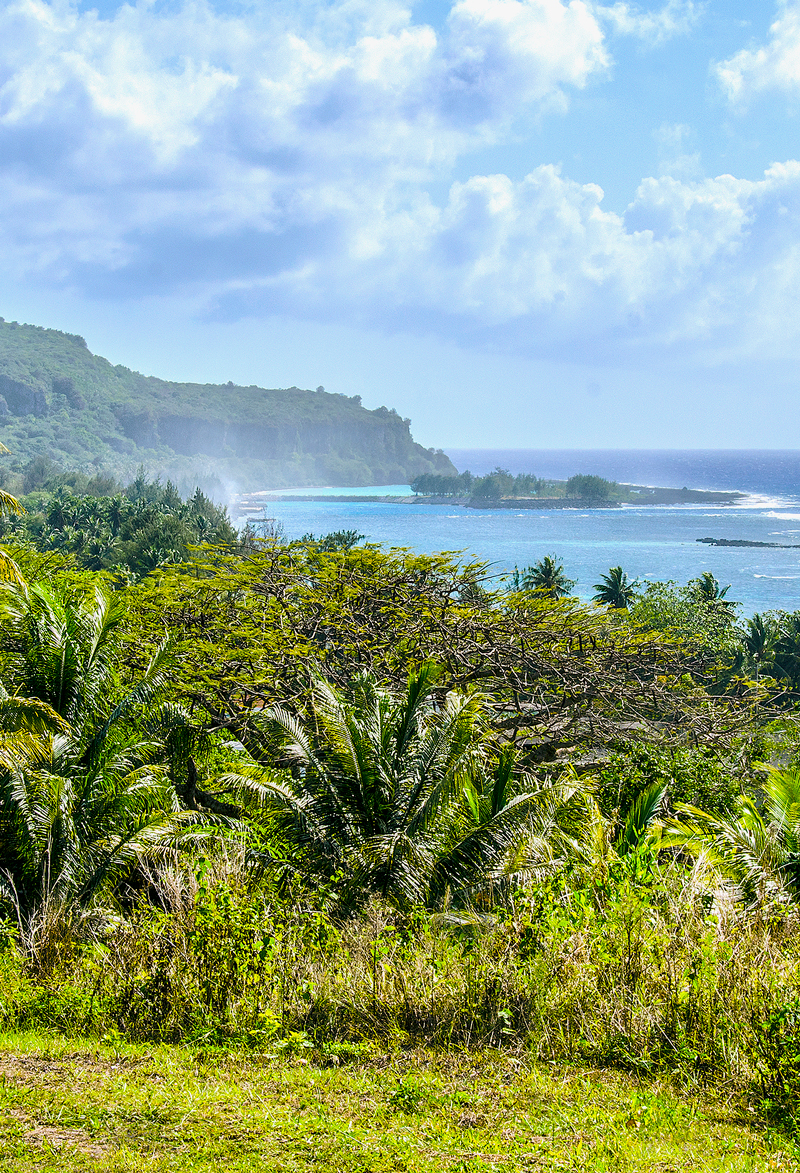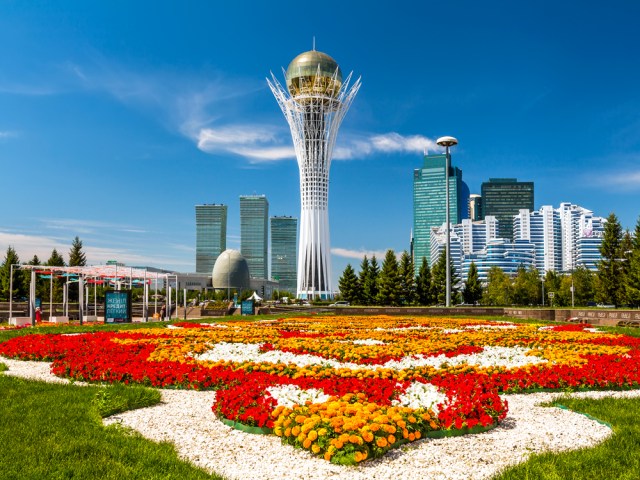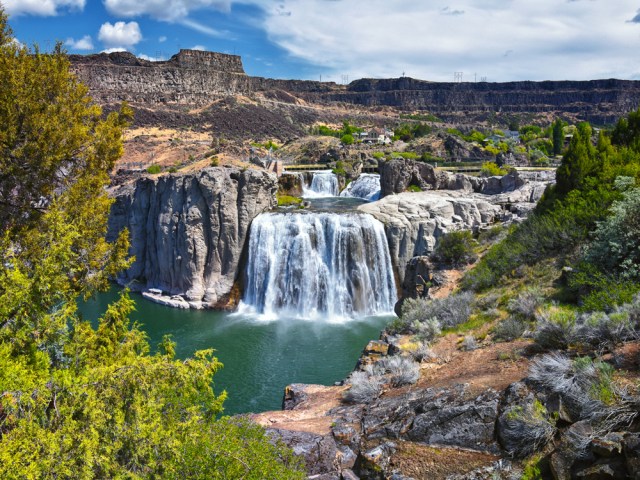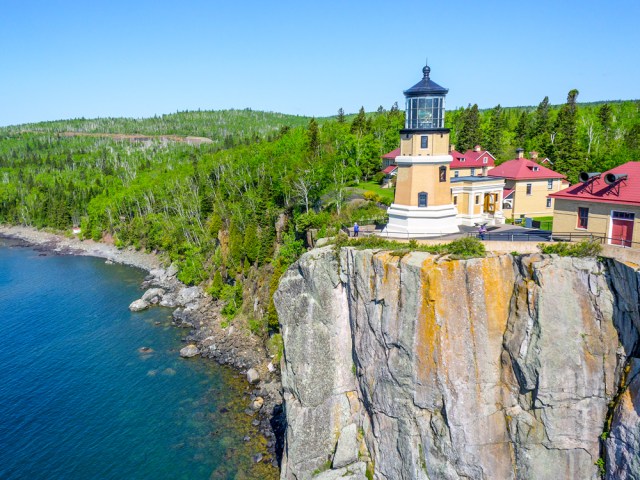On August 21, 1959, Hawaii became the 50th — and last — state admitted into the Union. But in the decades since, there has been talk of expanding the country even further. Several advocacy groups have pushed for statehood in their various localities, and in some instances, residents have voted in referendums in favor of statehood that were later struck down by Congress. But despite the failures thus far, there’s a continued push for statehood among certain territories, provinces, and even other countries. Here are some of the likeliest locations that could potentially become the 51st state.
Washington, D.C.
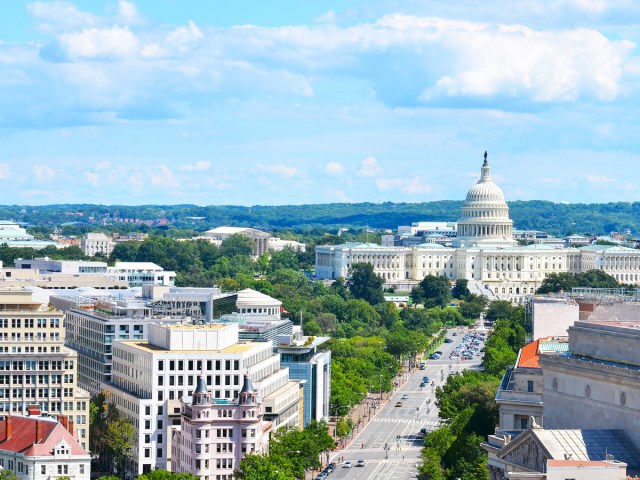
The District of Columbia was established as a federal district in 1790, utilizing land from nearby Maryland and Virginia, to serve as the nation’s capital. However, D.C. is legally treated like a state in more than 500 federal laws, and its 690,000 residents are subject to taxation — despite a lack of representation in Congress. These disadvantages haven’t gone unnoticed, and the majority of D.C. residents now overwhelmingly support statehood.
During a 2016 referendum, 86% of locals voted in favor of statehood (and opposed the idea of retroceding back into Maryland). In 2020, the House even passed a D.C. statehood bill by a vote of 232 to 180, only for it to later die in the Senate. Such setbacks haven’t deterred D.C. statehood advocates, though. In the event that D.C. ultimately achieves statehood, a special 2-mile area would be carved out as a distinct federal capital zone, as defined in the Constitution. This region would exist as its own jurisdiction and contain essential government buildings such as the White House and U.S. Capitol.
Puerto Rico
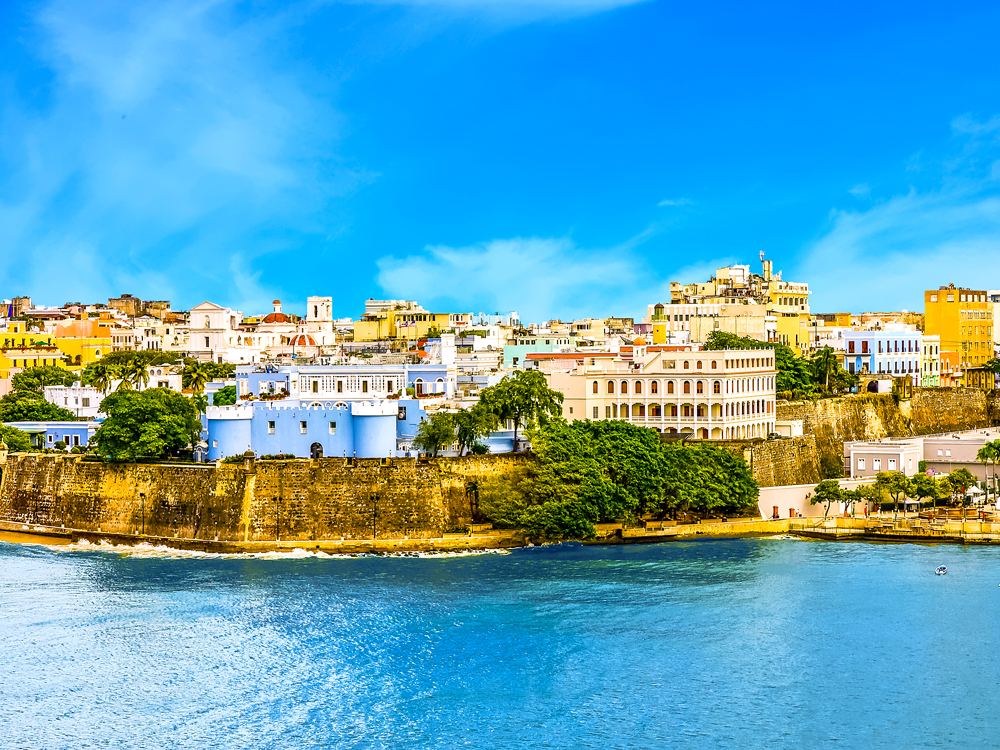
Puerto Rico became a U.S. territory in 1917, though many of its residents have pushed for formal recognition of statehood in recent years. While the island’s residents are granted U.S. citizenship, Puerto Rico has never been afforded the same levels of funding or government representation as the 50 states — which is why so many locals favor statehood as a step toward more equal treatment.
The people of Puerto Rico have voted in several referendums on statehood, including in 2012, when 61.2% of Puerto Ricans supported it. In 2017, 97% of voters preferred statehood over remaining a territory or declaring independence. And in 2020, 53% of voters said “yes” to becoming a U.S. state. More recently, the Puerto Rico Status Act was introduced in Congress, which would schedule an upcoming vote in 2024 to officially determine Puerto Rico’s status as a state, territory, or sovereign nation.
Other U.S. Territories
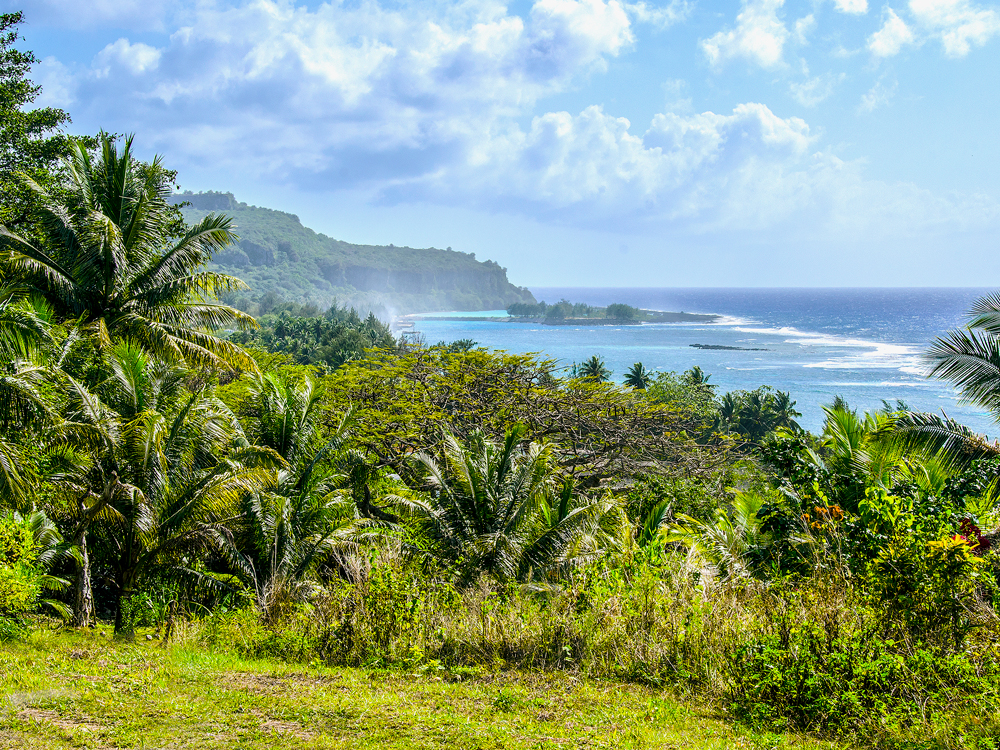
In addition to Puerto Rico, the other four permanently inhabited U.S. territories are American Samoa, the Northern Mariana Islands, Guam, and the U.S. Virgin Islands. At various times throughout history, residents and leaders of these territories have broached the idea of statehood, and some have held referendums that later fell short.
American Samoa explored the idea of holding statehood referendums in 2005 and 2017, though nothing came of those efforts. The Northern Mariana Islands also have yet to hold any formal referendums on statehood. Guam, however, explored the possibility of statehood in a failed 1982 referendum, and its quest to join the Union has even earned the support of the United Nations. The U.S. Virgin Islands held a referendum of their own in 1993, though 81.6% of Virgin Islanders voted to remain a territory at the time. While nothing seems imminent, statehood does remain on the horizon for these U.S. territories.
Parts of California
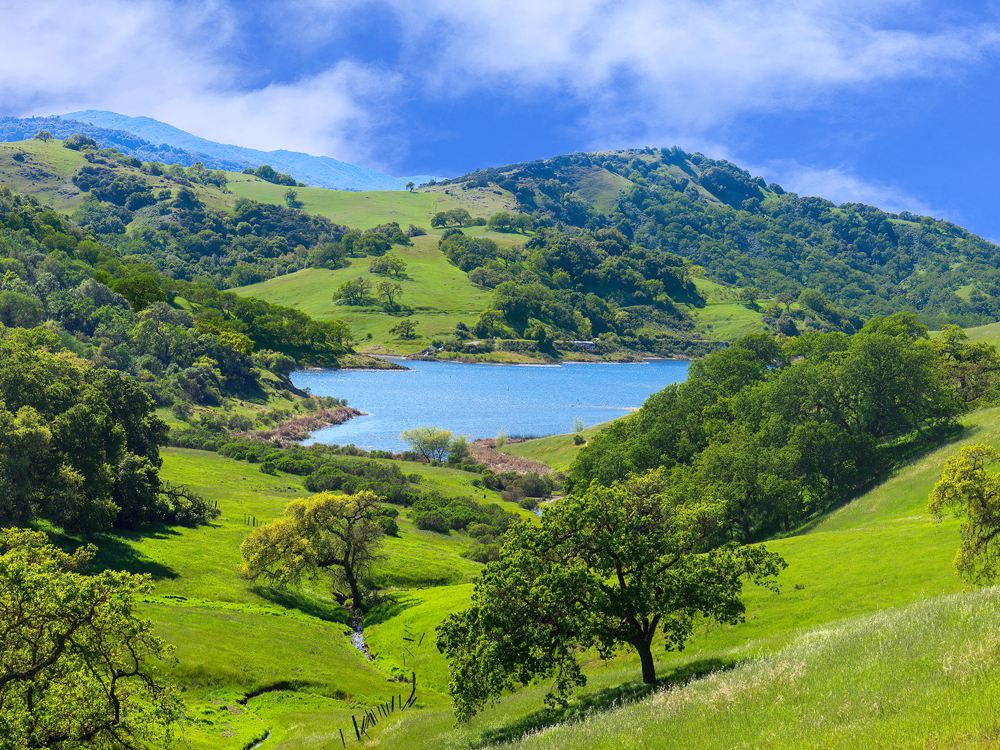
In the last decade, several ballot measures have been proposed that, if passed, would break up California into multiple states. In 2016, the Six Californias initiative sought to divide California into six entirely new states — Central California, Jefferson, North California, Silicon Valley, South California, and West California — thus bringing the country up to 55 states in total. That proposal, however, failed to qualify for the ballot. In 2018, another proposal, the California Three States Initiative, similarly failed to garner enough support.
There is also a movement among residents of Northern California to establish a new state called Jefferson, named after the founding father and co-author of the Declaration of Independence. Early incarnations of this movement date back to the 19th century, and it remains a popular idea among die-hard supporters. If it were ever successful, the new state of Jefferson would encompass parts of Northern California and Southern Oregon.
Alberta, Canada
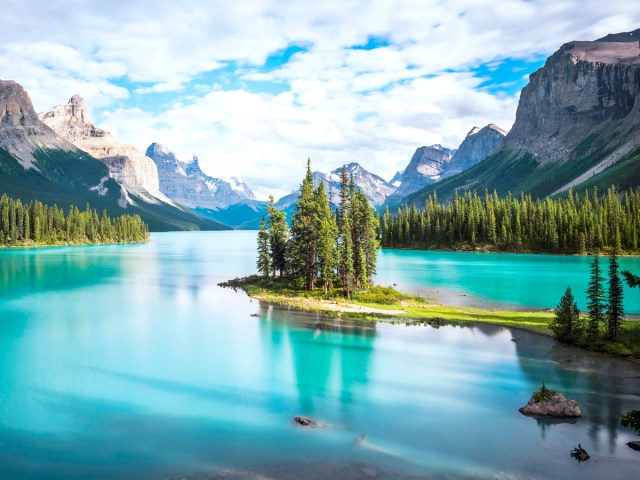
The Alberta separatist movement has been brewing for several decades among Canadians who are disillusioned with their federal government. In 2022, the Alberta 51 Project was established, with a stated aim to secede from Canada and join the United States as the 51st state. However, little progress has been made thus far in those efforts. Recent polls show that Albertans are divided on whether they have more in common with other parts of Canada or the United States, a sentiment that may help fuel the secessionist movement in coming years.
Guyana

Located in northern South America, the independent nation of Guyana is a former British colony, much like America used to be. This is one of the major talking points of the Guyana, USA movement, a group that believes in trading Guyanese independence for American statehood. There are currently about 800,000 people living in Guyana, but according to this advocacy group, roughly 350,000 Guyanese people have emigrated to the U.S., thus theoretically making the idea of assimilation much easier. Guyana is slightly smaller than Idaho in terms of geographic area, and akin in population size to Vermont.






